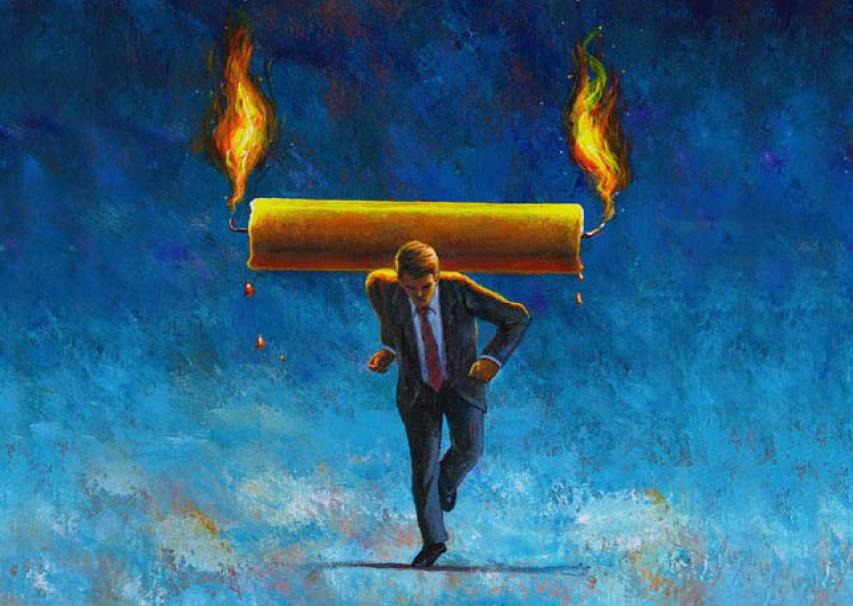|
 |
Where the Jobs Will |
|
| Despite all the headlines about layoffs and lost jobs, the reality is that there is no shortage of jobs in America. In fact, the U.S. Bureau of Labor Statistics predicts there will be 10 million more jobs than workers by the end of this decade. |
|
|
 |
The 40-Hour Work Wee |
|
| Futurists 50 years ago were projecting a 20-hour work week in the United States and Western Europe by the dawn of the 21st century. In most developed nations, their predictions have proven directionally correct: total work time has moved downward. |
|
|
 |
Medicare Crisis Spur |
|
| At the same time that corporations are transforming themselves to deal with the threats and opportunities posed by the growing elder population, politicians and social planners are fretting over the problems they fear that this demographic tidal wave will create for pensions and for the healthcare system. |
|
|
 |
The Skills Gap Becom |
|
| One of the central themes that we monitor regularly at Trends is the "skills gap." This is the difference between the skills possessed by the American work force, and the skills that companies are likely to need from them. |
|
|
 |
Where the Money Is |
|
| Boomers are becoming the wealthiest and healthiest generation of older people in the history of the world. As they have aged, they haven"t stopped spending on themselves. Their total spending power per year surpasses $1 trillion, according to American Demographics. |
|
|



 [150]БЧ
[150]БЧ 

